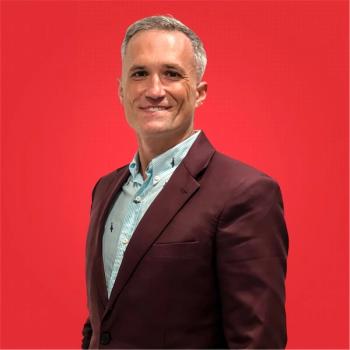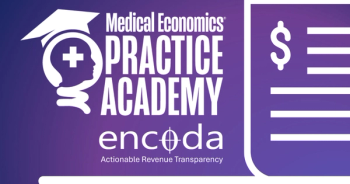
Are more clinicians the only cure for the primary care shortage?
Much of the unmet demand for primary care services can be addressed by making better use of existing resources, say two healthcare policy experts.
Solutions to the
Writing in the November issue of Health Affairs, two healthcare policy experts
Reallocating these resources could significantly increase primary care practices’ ability to meet patient needs in preventive, chronic, and acute care, the authors say. For example, about 17% of the average family practitioner’s time is spent on preventive care, such as cancer screenings, immunizations, and counseling. The authors cite an estimate that about 60% of these preventive services could be performed by nonclinician team members, which translates into a 10% (60%x17%) saving in clinician time. Similar or greater savings can also be realized in chronic and acute care services.
In addition, advances in medical technology and patients themselves are already performing many services that used to require a clinician, from home pregnancy or HIV tests to glucose monitoring among patients with diabetes. The authors suggest more such activities can be expanded into peer coaching among patients with the same conditions, such as diabetes and asthma.
Similarly with technology,
Tapping the nation’s unused primary care capacity will require changes in the way healthcare is delivered and paid for, the authors warn. Among the changes would be:
Payment reform , so that PCP income no longer depends on “piecework” and services they perform personally;
- Changes in
scope-or-practice l aws so that nonphysicians and nonclinicians can perform additional tasks; and
- More training for nonclinicians so that they can assume additional responsibilities in practices.
The article “Primary Care: Proposed Solutions to the Physician Shortage without Training More Physicians” was written by Thomas S. Bodenheimer, MD, MPH, an adjunct professor of family and community medicine at the University of California-San Francisco, and Mark D. Smith, president and chief executive officer of the California HealthCare Foundation.
Newsletter
Stay informed and empowered with Medical Economics enewsletter, delivering expert insights, financial strategies, practice management tips and technology trends — tailored for today’s physicians.















